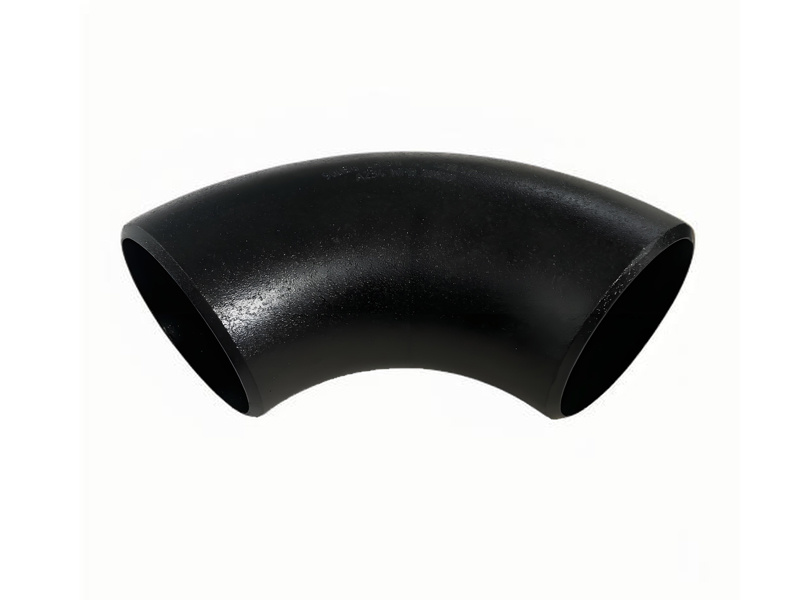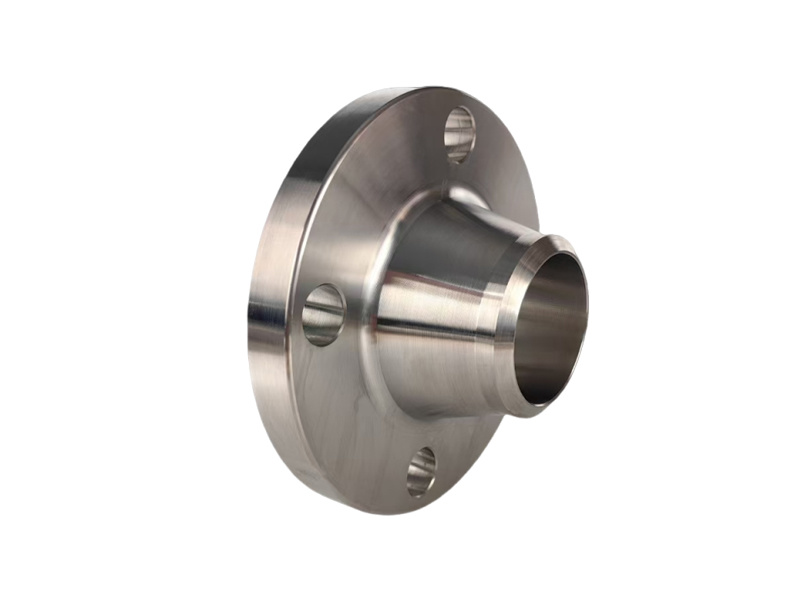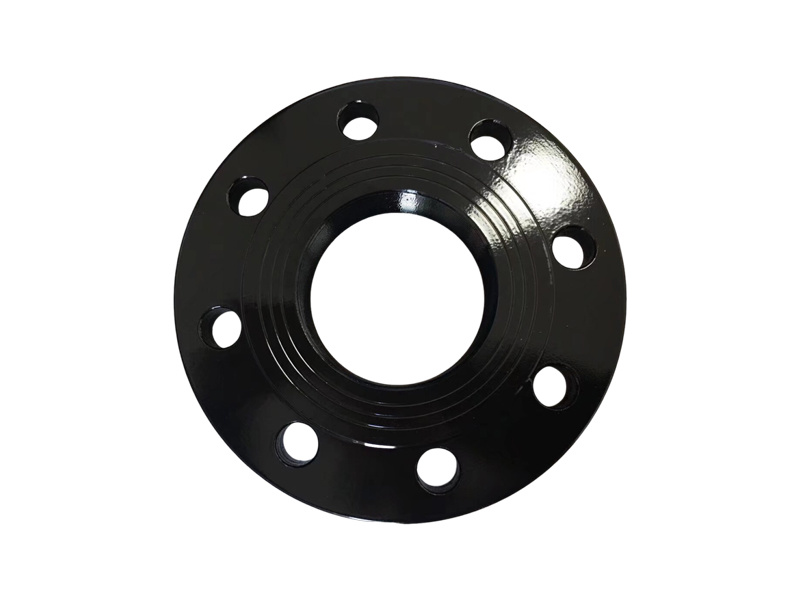-
How to Choose the Right Forged Steel Elbow for Your Project
Date:
19 Aug,2025
How to Choose the Right Forged Steel Elbow for Your Project Table of Contents Understanding Forged Steel Elbows Importance of Selecting the Right Elbow Types of Forged Steel Elbows Key Factors to Consider When Choosing Elbows Applications of Forged Steel Elbows Installation Tips for Forged Steel Elbows Common Mistakes to Avoid Frequently Asked Qu
How to Choose the Right Forged Steel Elbow for Your Project
Table of Contents
- Understanding Forged Steel Elbows
- Importance of Selecting the Right Elbow
- Types of Forged Steel Elbows
- Key Factors to Consider When Choosing Elbows
- Applications of Forged Steel Elbows
- Installation Tips for Forged Steel Elbows
- Common Mistakes to Avoid
- Frequently Asked Questions
Understanding Forged Steel Elbows
Forged steel elbows are vital components in piping systems, designed to change the direction of flow within a pipeline. Typically manufactured from high-quality steel, these elbows are known for their strength, durability, and resistance to high pressures and temperatures. Choosing the right forged steel elbow can significantly impact the efficiency and longevity of your piping system.
What Is a Forged Steel Elbow?
A forged steel elbow is a type of pipe fitting that is used to connect two pieces of pipe or tubing, allowing for directional changes. These fittings are created by forging, which involves shaping the steel through compressive force to achieve desired specifications. This process results in a more robust and high-quality product compared to cast steel elbows, making them ideal for demanding applications.
Benefits of Using Forged Steel Elbows
1. **Strength and Durability**: Forged steel elbows offer superior strength, making them suitable for high-pressure pipelines.
2. **Corrosion Resistance**: The materials used in forging are often treated to resist corrosion, extending the life of the elbow.
3. **Versatility**: Available in various angles and sizes, forged steel elbows can be customized to meet specific project requirements.
Importance of Selecting the Right Elbow
The right forged steel elbow is crucial for maintaining the integrity of a piping system. An incorrectly sized or specified elbow can lead to leaks, increased pressure loss, and damage to connected equipment. Therefore, understanding the specific needs of your project is essential in making the right choice.
Impact on System Efficiency
Using the wrong elbow can create turbulence in the flow, leading to energy losses and increased operational costs. Selecting the correct elbow ensures smooth transitions and optimal flow, contributing to the overall efficiency of the system.
Safety Considerations
In high-pressure systems, the failure of a poorly chosen elbow can result in catastrophic consequences, including leaks, explosions, and equipment failure. Investing time in selecting the right forged steel elbow enhances the safety and reliability of your installation.
Types of Forged Steel Elbows
Understanding the different types of forged steel elbows is vital for making an informed decision. Below are the most common types used in the industry.
1. 90-Degree Elbows
These elbows are used for making sharp turns in a piping system. They are ideal for applications that require a significant change in direction.
2. 45-Degree Elbows
Used for gentler turns, 45-degree elbows help maintain fluid flow and reduce turbulence, making them ideal for long pipelines.
3. Reducing Elbows
These elbows accommodate different pipe sizes, allowing for the transition from a larger pipe to a smaller one, essential for connecting various system components.
4. Long Radius vs. Short Radius Elbows
- **Long Radius Elbows**: These elbows have a centerline radius that is greater than the pipe diameter, ensuring smoother flow and less pressure loss.
- **Short Radius Elbows**: With a centerline radius equal to the pipe diameter, these elbows are used in tight spaces where a quick change in direction is necessary.
Key Factors to Consider When Choosing Elbows
Selecting the right forged steel elbow involves considering several critical factors to ensure compatibility and performance.
1. Material Specifications
Different materials have unique properties, affecting their suitability for specific applications. Carbon steel, stainless steel, and alloy steels are commonly used. Assess the environmental conditions (like temperature and corrosive elements) to determine the best material.
2. Size and Dimensions
Elbows come in various sizes. It's essential to measure the pipe diameter accurately and select an elbow that fits your system without causing any disruptions to flow.
3. Pressure Ratings
Ensure that the elbow can withstand the pressure conditions of your project. Review the pressure ratings and choose elbows that exceed the maximum pressures expected in your system.
4. Connection Types
Consider how the elbows will be connected to your piping system. Common connection types include threaded, socket-welded, and butt-welded. Choose the one that best suits your project's requirements.
5. Compliance with Standards
Ensure that the elbows meet industry standards and certifications. Compliance with standards such as ASTM, ANSI, or ASME ensures quality and safety in your installations.
Applications of Forged Steel Elbows
Forged steel elbows are widely used across various industries due to their adaptability and strength.
1. Oil and Gas Industry
In high-pressure applications within the oil and gas sector, forged steel elbows are essential for transporting fluids efficiently and safely.
2. Chemical Processing
These elbows are used in chemical plants for their ability to withstand corrosive environments, ensuring the safe transport of hazardous materials.
3. Water Supply and Treatment
Forged steel elbows are used in municipal water supply systems, providing durable connections that can handle varying pressures and flow rates.
4. HVAC Systems
In heating, ventilation, and air conditioning systems, these elbows help maintain airflow and improve system efficiency.
Installation Tips for Forged Steel Elbows
Proper installation of forged steel elbows is crucial for achieving the best performance. Here are some tips:
1. Prepare the Pipe Ends
Ensure that the ends of the pipes are clean and free of debris before installing the elbow. Proper preparation helps achieve secure connections.
2. Use Proper Alignment
Align the elbow correctly with the pipes to prevent stress and deformation. Misalignment can lead to leaks and reduced lifespan of the fitting.
3. Follow Manufacturer Guidelines
Always refer to the manufacturer's installation instructions for specific guidance on torque specifications and welding techniques.
4. Inspect After Installation
After installing the elbows, conduct a thorough inspection to ensure that all connections are secure and leak-free.
Common Mistakes to Avoid
When selecting and installing forged steel elbows, several common pitfalls can affect the overall success of your project.
1. Choosing the Wrong Type
Selecting an elbow that does not match the system requirements can lead to performance issues. Always evaluate your project needs carefully.
2. Neglecting Pressure Ratings
Underestimating the pressure ratings can result in catastrophic failures. Always choose elbows that exceed the expected pressure of your system.
3. Skipping Quality Checks
Not inspecting the elbows before installation can lead to failures down the line. Always conduct quality checks to ensure the integrity of the materials.
4. Improper Installation Techniques
Rushing through the installation process without proper techniques can cause leaks and system failures. Take the time to follow best practices.
Frequently Asked Questions
1. What is the difference between forged and cast steel elbows?
Forged steel elbows are made through a forging process, resulting in higher strength and durability compared to cast steel elbows, which are molded and may have weaknesses.
2. Can forged steel elbows be used in corrosive environments?
Yes, but it is essential to select the appropriate material, such as stainless steel, to ensure resistance to corrosion in harsh environments.
3. How do I determine the correct size of elbow for my project?
Measure the diameter of the pipes in your system and select elbows that match these dimensions for a secure fit.
4. Are forged steel elbows suitable for high-temperature applications?
Yes, forged steel elbows are designed to withstand high temperatures, but ensure you select the right material and specifications for your specific application.
5. What should I do if I experience leaks after installation?
If leaks occur, check for proper alignment and torque specifications. If necessary, disassemble and reinstall the elbow with the correct techniques to ensure a secure connection.
Conclusion
Selecting the right forged steel elbow for your project is essential for ensuring the efficiency, safety, and longevity of your piping system. By understanding the various types, key factors to consider, and installation tips, you can make informed decisions that will positively impact your project. Remember to avoid common mistakes and conduct thorough inspections to maintain the integrity of your system. Through careful consideration and planning, you will successfully choose and install the perfect forged steel elbow for your needs.Related News
19 Aug,2025
How to Choose the Right Forged Steel Elbow for Your Project
How to Choose the Right Forged Steel Elbow for Your Project Table of Contents Understanding Forged Steel Elbows Importance of Selecting the Right Elbow Types of Forged Steel Elbows Key Factors to Consider When Choosing Elbows Applications of Forged Steel Elbows Installation Tips for Forged Steel Elbows Common Mistakes to Avoid Frequently Asked Qu
18 Aug,2025
Understanding BS4504 PN16 Weld Neck Flanges: A Comprehensive Guide
The BS4504 PN16 weld neck flange is a critical component in piping systems, particularly in the construction and decorative materials sector. These flanges offer a robust and reliable means of connecting pipes, valves, and other equipment, ensuring seamless operation in various applications. Understanding the specifications and advantages of this particular flange type can significantly enhance yo
17 Aug,2025
How GOST 12820-80 Plate Flanges Ensure Structural Integrity in Construction and Decoration
How GOST 12820-80 Plate Flanges Ensure Structural Integrity Table of Contents 1. Introduction to GOST 12820-80 Plate Flanges 2. Understanding Structural Integrity in Construction 2.1 Definition of Structural Integrity 2.2 Importance of Structural Integrity in Construction Materials 3. Overview of GOST 12820-80 Standards 3.1 History and Development of GOST Standards 3.2 Key Features
Contact information
Address: North Ring Industrial Zone, Mengcun County
Telephone: 86 0317- 6729218 86 0317-6727320
Fax: 0317-6727310
mobile phone: 86 13833761688whatsapp: 86-13780271039
Email: shengyuanflange@163.comLeave Message










